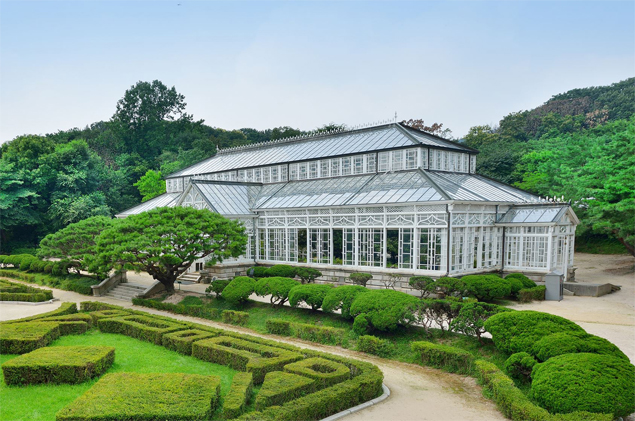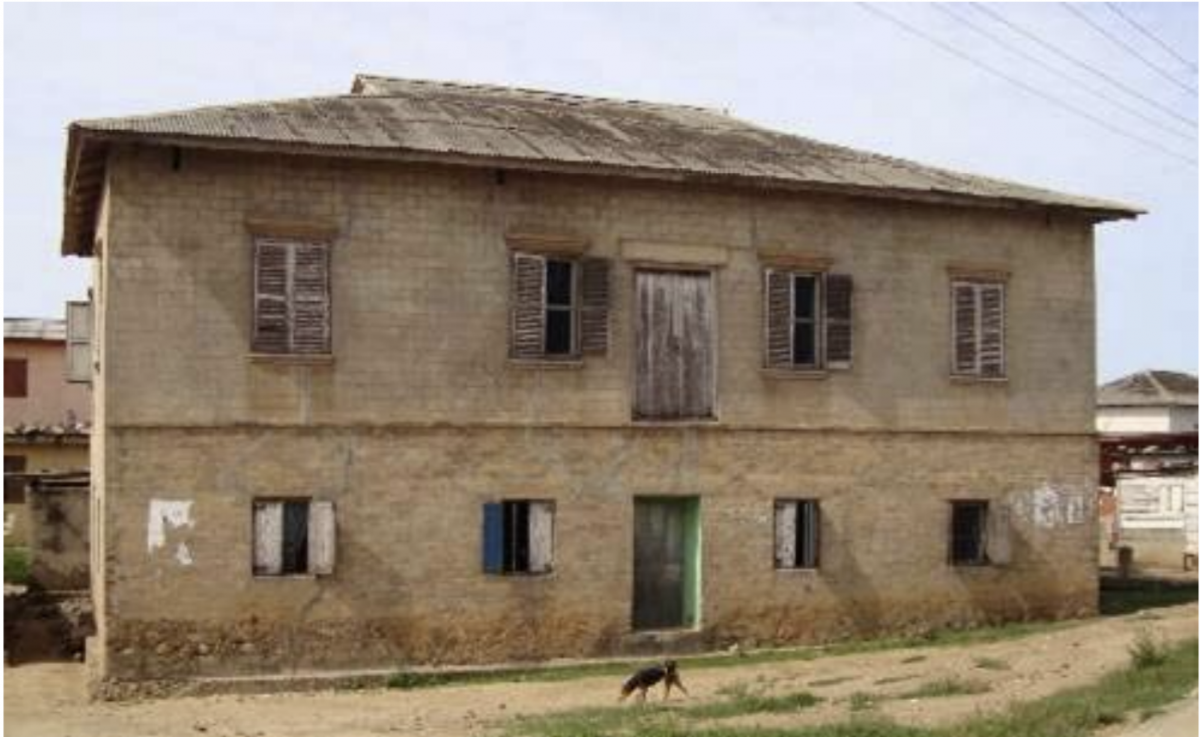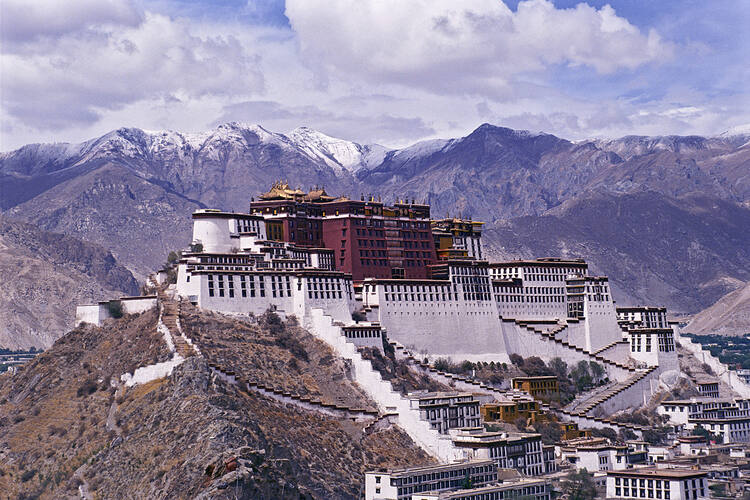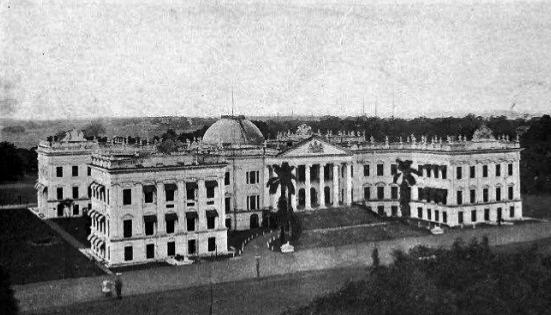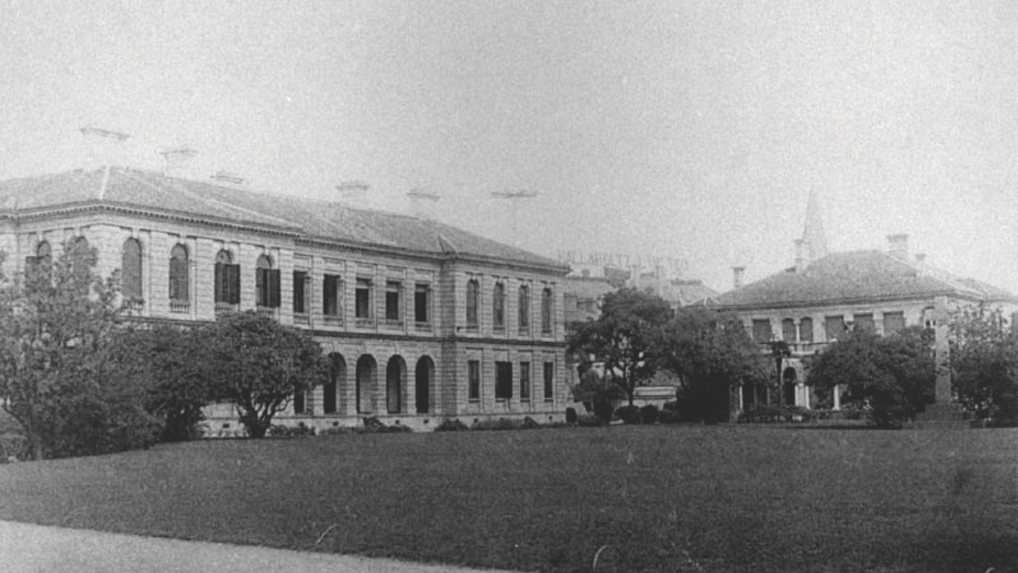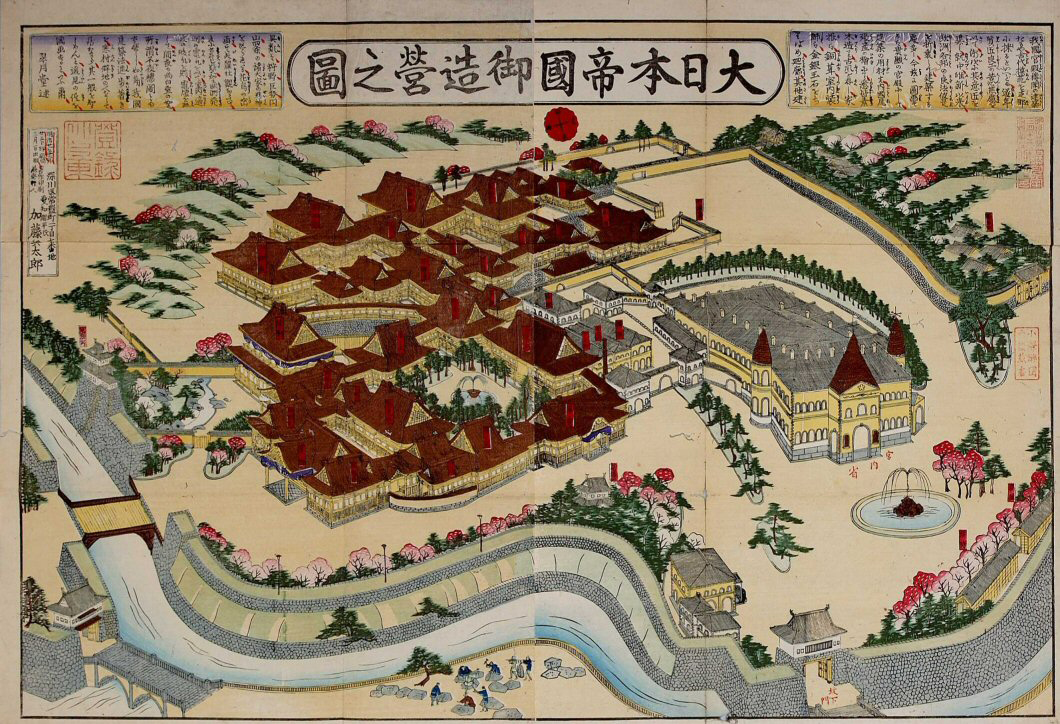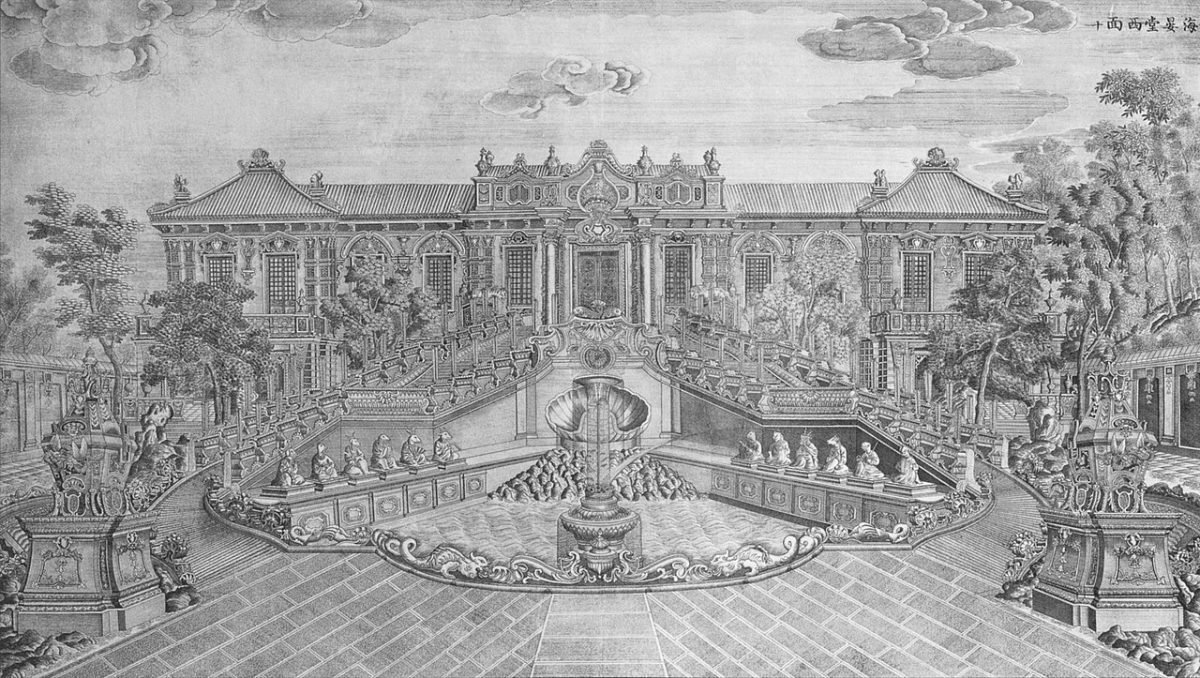Changgyeong Palace (Ch’anggyŏnggung)1 first opened its doors to general public in November 1909. What was once the royal grounds of the emperor Sunjong had undergone a renovation by Hirobumi Ito the first Japanese Resident-General in Korea – replacing and altering existing traditional architectures and landscape to build a new botanical garden, a zoo and a […]
